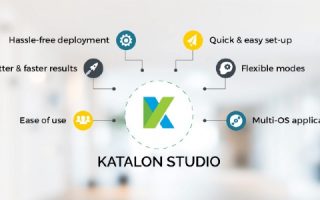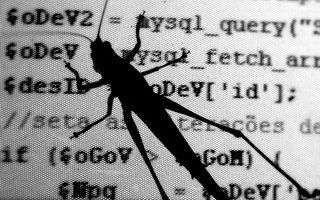It’s my tenth week at Atorus and suffice it to say it’s been very busy. Most of my time since the last blog has focused on automated testing and search engine optimisation.
Automated Testing
With the help of Katalon Studio I have automated almost all testing, freeing up mine and our developers time, to focus on other important parts of GluIQ. Katalon studio uses two programming languages which I had never experienced before, Java and Groovy. Working with Katalon gave me the opportunity to learn a new language, a challenge I feel the University of Sunderland had prepared me well for. To add to my inexperience with the programming languages, I ran across issues with web browser compatibility within Katalon studio along with the inability to verify images uploaded to GluIQ. Despite that, these issues were quickly solved as I continued to improve my skills and capability with Katalon studio.
While working of the automated testing we spent at significant proportion of our time discussing marketing strategies. This included an upcoming redesign of the GluIQ website, target audiences, videography and the benefits of GluIQ.
Search Engine Optimisation
For the website redesign I was tasked into looking at Search Engine Optimisation (SEO). Although I was aware that SEO was an important aspect of developing a website, I was surprised by the impact a developer can have on website visibility and its performance. Key factors include content, architecture, user experience and authority, while avoiding factors known as toxins. Some of the top toxins include ad-heavy content, excessive key words and hosting stolen content.
Want the latest from GluIQ? Follow us in Twitter or Linkedin





